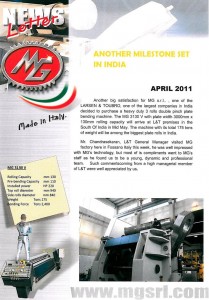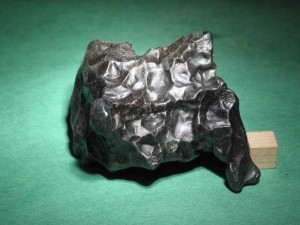BOSTON/NEW YORK (Reuters) – A pair of top U.S. manufacturers beat Wall Street’s profit expectations, as a recovering global economy drives demand for products ranging from air conditioners to truck transmissions.
United Technologies Corp and Eaton Corp also raised their full-year earnings forecasts, saying that they were becoming more confident in the economy’s direction.
Textron Inc, the world’s biggest maker of corporate jets, missed analysts’ expectations on weakness at its Cessna aircraft unit, but held its full-year forecast steady.
“The rest of the year is going to be very positive,” said Oliver Pursche, president of Gary Goldberg Financial Services in Suffern, New York, which holds United Tech and Textron shares.
The first-quarter results show that strong demand from China, India and other emerging markets had offset the disruptions to supplies of some electronic components after Japan’s March 11 tsunami and ensuing nuclear crisis, Pursche said.
The U.S. manufacturing sector, which accounts for about 11 percent of the economy, has expanded for 20 consecutive months, outpacing other sectors, according to data from the Institute for Supply Management (ISM).
Activity in manufacturing grew at its fastest pace in nearly seven years in February this year, before slowing slightly in March, ISM data showed.
United Tech posted sales growth across its six divisions, whose products range from Otis elevators to Black Hawk military helicopters, and said it now sees strong global demand.
The world’s biggest maker of air conditioners and elevators earned $1.01 billion, or $1.11 per share, with strong demand for Carrier air conditioners. Analysts had forecast a profit of $1.07 per share, according to Thomson Reuters I/B/E/S.
The company raised its full-year profit forecast to a range of $5.25 per share to $5.40 per share, representing growth of 11 percent to 14 percent and marking the second increase since United Tech first issued its outlook.
When the Hartford, Connecticut-based company laid out its initial 2011 profit forecast in December, it had warned investors that U.S. and European economies looked “sluggish” and that a drop in the value of the euro versus the dollar could drag down earnings.
“The risks that we saw earlier in the year just don’t seem to be materializing,” United Tech Chief Financial Officer Greg Hayes said in an interview.
United Tech shares were up 4.1 percent to $85.74 in afternoon trading, after earlier reaching a lifetime high.
HIGH EXPECTATIONS
Industrials have outperformed the broader market over the past year, with the Standard & Poor’s capital goods index up 13 percent, while the full S&P 500 is up 9.5 percent. That rise has raised investors’ expectations heading into earnings season.
“They have to beat strong,” said analyst Brian Langenberg of Langenberg & Co in Chicago. “They have to surprise.”
Eaton, which makes truck transmissions, and hydraulic and electrical systems, earned 84 cents a share, 4 cents ahead of analyst estimates, and raised its 2011 forecast for the second time this year.
Energy and mining investment is lifting electrical sales. Hydraulics markets are being helped by demand for farm equipment, amid high food prices, and for construction machinery used in emerging markets, said Eaton Chief Executive Sandy Cutler, who also cited a recovery in truck production.
“Now that the economy is coming back, freight companies are having more success pushing prices through,” Cutler said in an interview. “They’re becoming more profitable.”
Eaton shares rose 1.3 percent to $53.34. Textron fell 2.2 percent to $25.09.
The three companies kick off a wave of earnings reports from blue-chip U.S. manufacturers. Honeywell International Inc plans to report after Wednesday’s market close and General Electric Co is due on Thursday. 3M Co and Caterpillar Inc report next week.
The sector faces a few major risks this year, including rising energy prices and the aftermath of Japan’s nuclear crisis, which threatens to curtail supplies of electronic components.
Textron, which also makes industrial components used by auto-parts makers, said it expects second-quarter sales to be hurt by lower demand from Japanese customers, but said production slowdowns will be substantially made up later in the year.
Textron’s first-quarter earnings of 10 cents per share missed Wall Street’s 17-cent forecast, reflecting still-lackluster demand for its Cessna corporate jets.
United Technologies, meanwhile, could face short supplies of key components including flash memory chips used in air conditioner controllers.
“Right now we have adequate supply; it’s just a question of making sure that we continue to have access to that,” CFO Hayes said. “We don’t see any material impact, but I think you’ll see bits and drabs of this over the course of the year.”
Scott Malone and Nick Zieminski Reuters
12:19 p.m. CDT, April 20, 2011

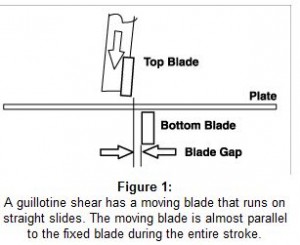
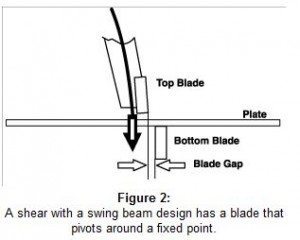
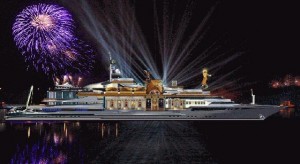 I’ve recently been spending a disproportionate amount of my time working on a boat. By boat, I mean a 39-ft sail boat (or cruiser, if you prefer) that we are planning to sail to the Caribbean in a few weeks. Anyone who’s owned or worked with boats will tell you that the amount of work that goes into the maintenance and upkeep of one cannot possibly be exaggerated. Re-sanding and re-varnishing the entire interior is just the icing on the cake. The electrical needs rewiring in places, the plumbing needs an overhaul, the hull needs to be scraped and repainted, the windows need to be painted and installed, and the list just keeps going on from there. In fact, it’s kind of depressing just writing about it, considering that our plan is to leave at the end of the month.
I’ve recently been spending a disproportionate amount of my time working on a boat. By boat, I mean a 39-ft sail boat (or cruiser, if you prefer) that we are planning to sail to the Caribbean in a few weeks. Anyone who’s owned or worked with boats will tell you that the amount of work that goes into the maintenance and upkeep of one cannot possibly be exaggerated. Re-sanding and re-varnishing the entire interior is just the icing on the cake. The electrical needs rewiring in places, the plumbing needs an overhaul, the hull needs to be scraped and repainted, the windows need to be painted and installed, and the list just keeps going on from there. In fact, it’s kind of depressing just writing about it, considering that our plan is to leave at the end of the month.